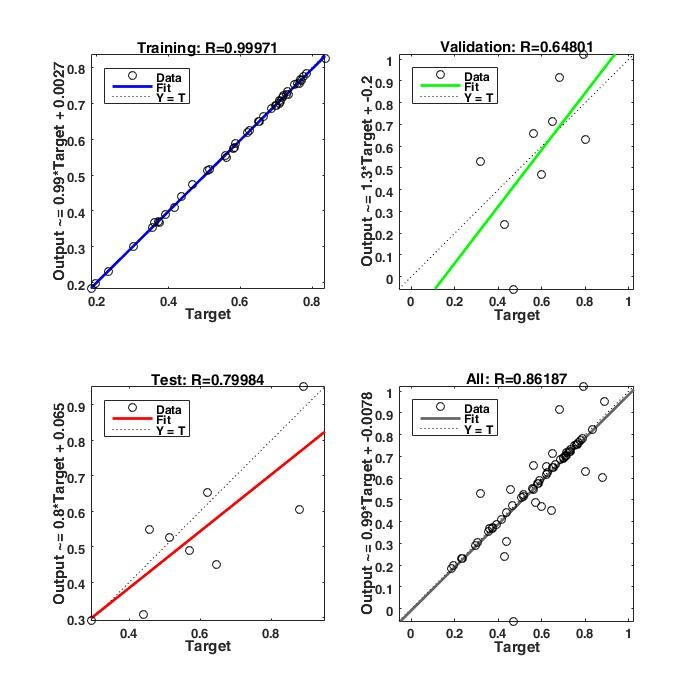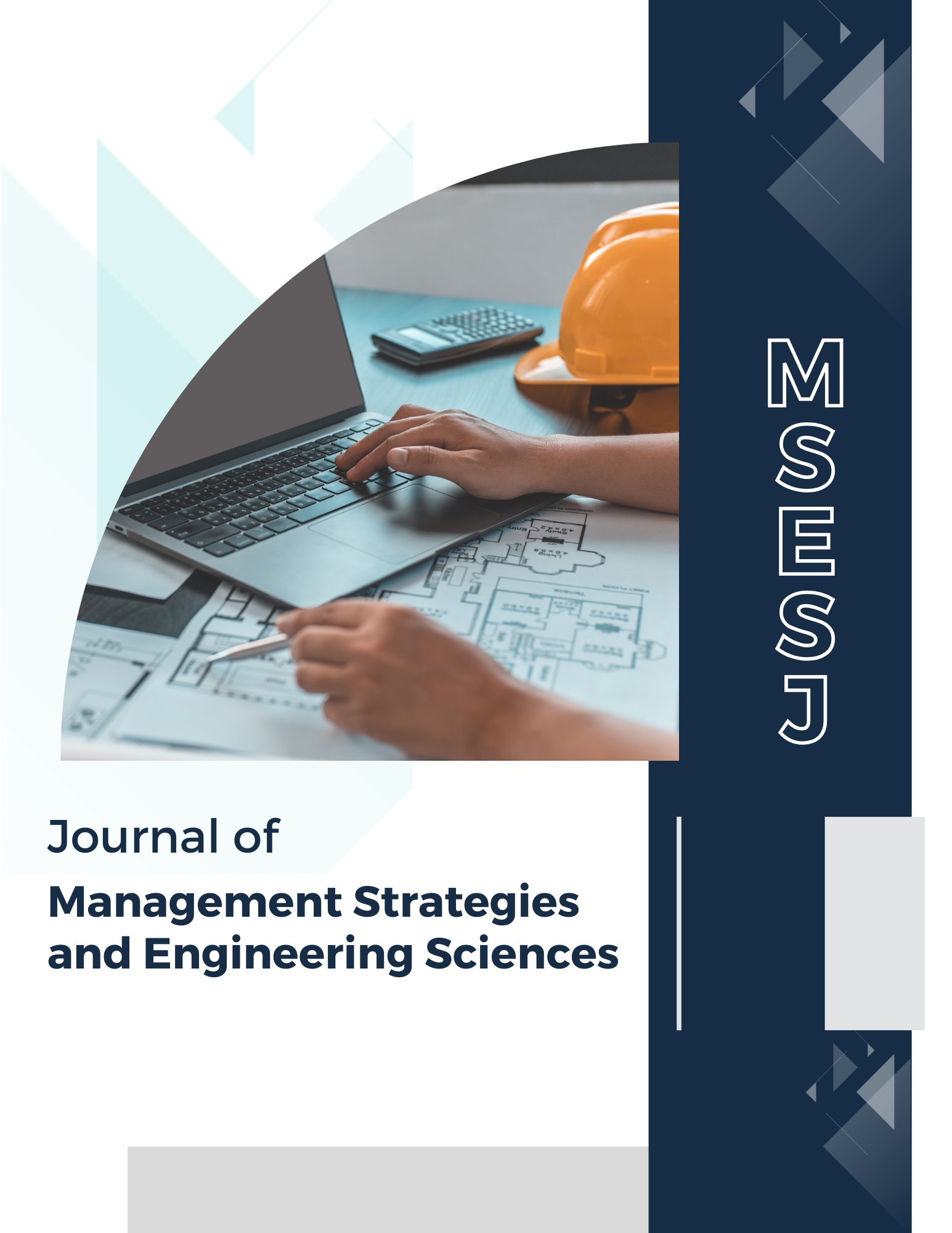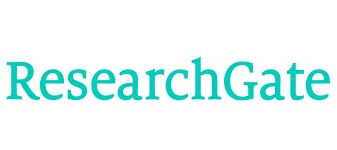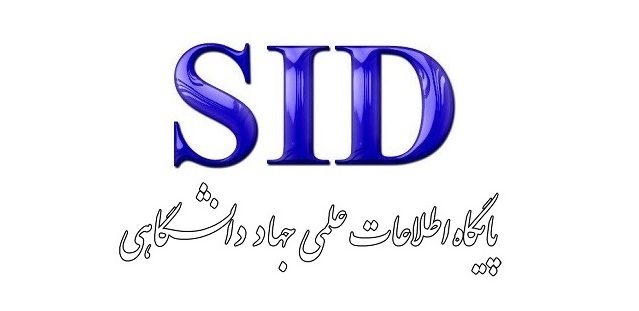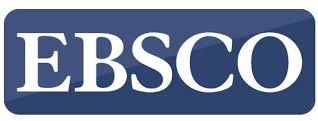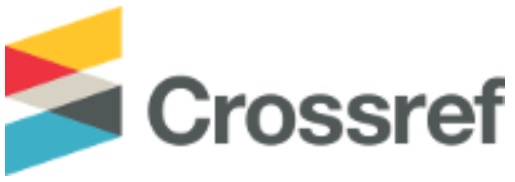Designing a Total Productive Maintenance (TPM) Management Model Using a Hybrid Method of Artificial Neural Networks and Hierarchical Clustering in Power Distribution Companies of Northwestern Iran
Keywords:
hierarchical clustering, power distribution companies of northern Iran, artificial neural networks, Total Productive Maintenance (TPM) managementAbstract
The aim of this research is to design a Total Productive Maintenance (TPM) management model using a hybrid method of artificial neural networks and hierarchical clustering in power distribution companies of northwestern Iran. This study is conducted in power distribution companies of northwestern Iran, which were selected as pilot companies. Determining the optimal maintenance strategy and selecting the best management model for maintenance is of great importance. The findings of this study will be provided to Tavanir and the Ministry of Energy for further implementation in other subsidiary companies. In terms of location, the quantitative data pertains to operational data of the power distribution companies in northwestern Iran. The statistical population includes experts and personnel from the maintenance, repair, and warehousing departments of these companies. The temporal data pertains to operational data from the inventory, accounting, and process systems of power distribution companies in northwestern Iran, spanning from 2017 to 2022. The results of this research indicate that initiating the Total Productive Maintenance process requires strong managerial leadership. Subsequently, processes should be improved and undergo initial feedback evaluations. By considering the strength of human resources and enhancing employee skills, the quality of work processes will be analyzed. As these factors evolve, the system will undergo precise organization and planning. Comprehensive preventive maintenance will ensure workplace safety and health are prioritized. Another aspect that management must address is the advancement of technology and the expansion of automation systems, especially in the implementation of equipment and inventory management subsystems and resource and contract management, which are key priorities of the model. Finally, management must focus on adopting preventive maintenance, self-controlled maintenance, and re-evaluating current practices. Employees should be engaged in achieving these three goals.
